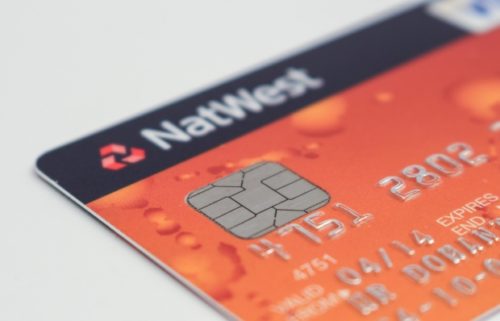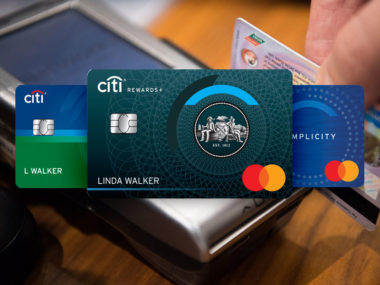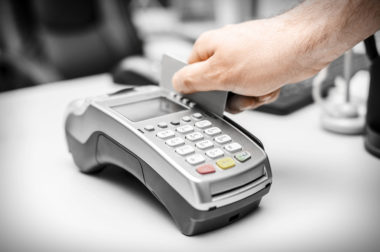“Secured Credit Card” is a term you come across often when researching how to rehabilitate your credit score. It’s important to define exactly what a secured credit card is, as it was created to meet a specific need. Secured credit cards (SCC) are not for everyone, but they might be right for you. Read on to learn how they differ from a standard credit card, how they help your credit, and how you can get one.
What is a Secured Credit Card?
According to Consumer.gov: “A secured credit card works like a debit card. You use your money, not a loan from a bank. A secured credit card can help you build your credit history.”
Unlike a debit card, usage of your SCC will be reported to Experian, TransUnion and Equifax, allowing you to use the secured card to increase your credit score. You will pay a deposit to secure your SCC; this deposit acts as an incentive to keep you on track with your payment while also putting the financial lender at far lower risk. If you’re unable to make payments they can recover delinquent payments using the security deposit you provided.
Your spending limit is determined based on your security deposit and not you credit score. The cardholder agreements will vary, but limits are often 50 to100 percent of the security deposit, and sometimes may even exceed the deposit, based on various promotions being offered.
Be prepared for your SCC to cost you more than a traditional credit card would. The lender views someone with no or poor credit as a greater risk, and as such often requires higher service charges and fees. Read all the fine print before signing any offers; not all SCC’s are made equally, and while many are a great tool for rebuilding credit, others will charge an exorbitant amount in fees.
Where do you get a Secured Credit Card?
SCCs can come from banks or credit companies. Many of the most common companies – such as Visa, Mastercard, and Discover – offer up low-credit score options for customers. However, there’s a catch: some companies that offer SCCs will sign you up as a high risk creditor; which makes sense if you have none, low, or bad credit. However, this can hurt your score when reports are sent to the three main credit bureaus. You’ll have to be diligent about looking into your options.
The Small Business Association of America suggests that, when you’re really stuck in a rut, you want to look into secured loans from mainstream lenders. “Think about this for a second,” states the Small Business Association author, Marco Carbajo, “if you obtain a secured card from a high-risk lender, what does this tell other lenders about you? It shows you are a high risk.”
Also, be sure to read over the fine details completely. Tara Siegel Bernard, an author with The New York Times “Your Money” column noted one potentially disastrous scenario to watch out for: “… read the fine print before signing up. Consumer advocates said some unscrupulous card issuers have charged the security deposit to the card. And be sure the issuer reports your payment information to the big three credit bureaus, since not all do.”
So when shopping around for potential card issuers, be sure to make a list of card options to avoid. Consumer.gov has created this list to consider when looking for a SCC:
- no application fee
- a low APR, or annual percentage rate
- lower annual fees
- no processing fees
- higher interest rates on the money you deposit
What Next?
The point of owning a SCC is to help rebuild credit trust with your bank or credit card company by improving your FICO (credit) score. The best way to do this is to make scheduled payments that meet or exceed the minimum monthly bill. For SCCs, even though you are paying back your own money, you’re demonstrating that you have the ability to make payments on time and that you can meet the minimum amount due.
When using SCCs alongside other rehab options, you can see a jump in your FICO score anywhere within a year to two years. According to Forbes, even scores as low as 380 could be brought up to 720 within 18 months. The trick is diligent payments, budgeting, and tracking all your finances.
Look into your options, ask about interest and risk, and make your payments on time. Through diligent payments at the minimum requirement, you will slowly be able to build trust with your creditor and bring your score back up from the red.
Looking for more information on credit cards and credit scores? Visit our credit card resource center or credit score learning center for more tips and guides. Are there errors on your credit report? Learn how to contact the credit bureaus and dispute the entries at our letter template resource guide.
Image source: https://www.pexels.com/





